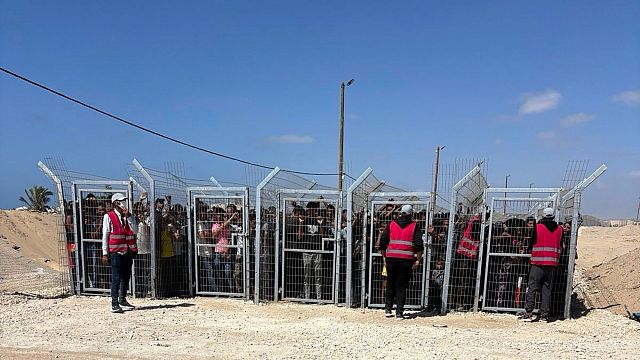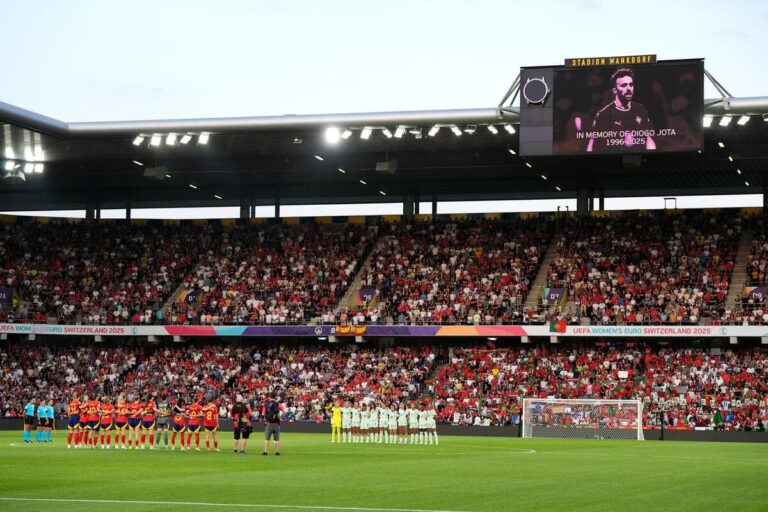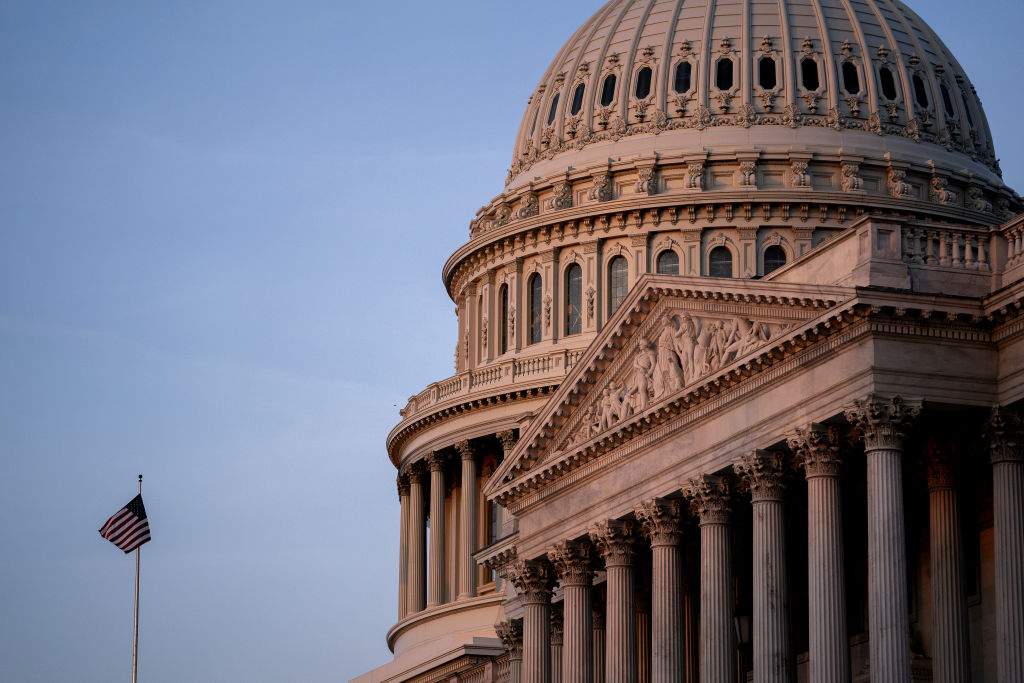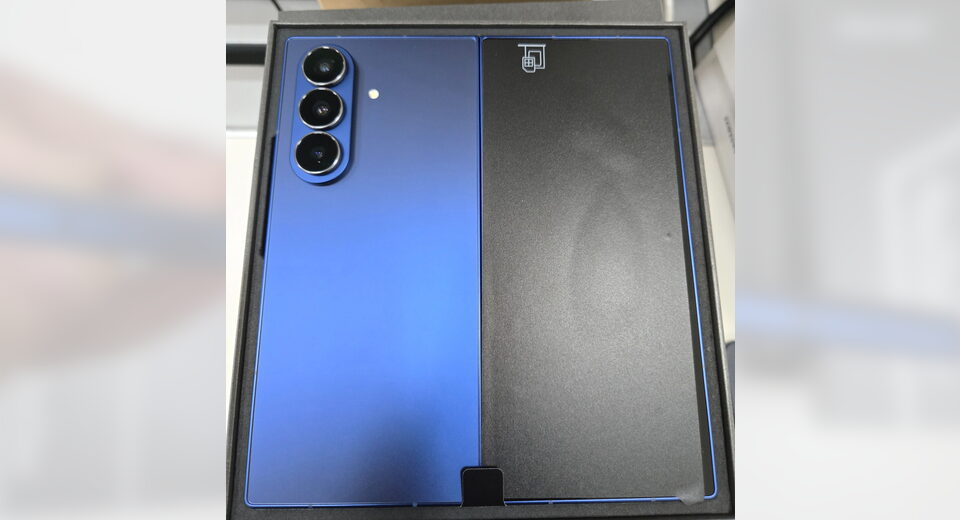Hiring Held Steady in June as Employers Added 147,000 Jobs


American employers continued hiring at a steady clip in June, brushing aside concerns about the economy to notch another month of solid job creation.
Payrolls grew by 147,000, the Labor Department reported on Thursday, and the unemployment rate fell slightly to 4.1 percent.
The healthy hiring reaffirmed that the economy was maintaining momentum despite economic headwinds, including President Trump’s unpredictable tariff policy, global conflict, an immigration crackdown and high interest rates.
“Businesses are pretty much business as usual,” said Beth Ann Bovino, the chief economist at U.S. Bank. They may not be expanding, she added, but they still have to “keep the doors open day to day, and that means they’ve got to have their workers in place.”
Reaffirming the labor market’s durability, job gains in April and May were revised upward by a collective 16,000.
But there were also some signs of strain in the labor market. Companies in the private sector largely appear to be in a holding pattern given economic uncertainty stemming from Washington. Many industries continued to add jobs, but at a very low level, suggesting they have mostly postponed any hiring plans.
And although job creation exceeded expectations for the month, much of the hiring was concentrated in the same handful of industries — health care, leisure and hospitality and government — that have been propping up the economy for months. Those sectors combined accounted for about 90 percent of the total net job gains.
The labor force also shrank as the pool of workers seeking employment dropped. The number of people who have been out of a job for more than six months rose, suggesting it is taking longer for those seeking work to find it.
“Very clearly, the labor market is resilient,” said Cory Stahle, an economist at the Indeed Hiring Lab. “But I think that it’s maybe less sturdy than it appears.”
Still, the report reinforced the Federal Reserve’s wait-and-see approach to cutting interest rates despite a prolonged pressure campaign from Mr. Trump. On Wednesday, the president continued his attacks on Jerome H. Powell, the chair of the Fed, calling on him to “resign immediately.”
The White House praised the new jobs numbers after their release. “The economy is booming again,” Karoline Leavitt, the White House press secretary, said in a statement, predicting it “will only get better” once the president’s domestic policy package is finalized.
Stock investors welcomed further signs that the economy is proving resilient to the administration’s policies. The S&P 500 rose 0.8 percent on Thursday, rising further into record territory. The solid labor market data also takes the pressure of the Fed to cut rates soon, with expectations for the next Fed rate cut being pushed out from September to October. Government bond yields, which reflect the path of interest rates, rose.
An open question now is how much longer the labor market can hold on. Economists anticipate that Mr. Trump’s policies will begin to have a more meaningful effect on businesses in the coming months as tariffs hit their bottom lines and immigration slows. High interest rates and cost increases resulting from Mr. Trump’s trade war are weighing on companies as well as consumers, who are being stretched thin. When adjusted for inflation, personal spending fell 0.3 percent in May.
Some corners of the economy are already feeling the effects. Federal government employment, which has been in Mr. Trump’s cross hairs, dropped in June by 7,000 jobs and is down 69,000 for the year even as state and local governments have added jobs.
Manufacturing, which has been buffeted by the trade war, also shed 7,000 jobs last months. The purchasing managers’ index for manufacturers indicated that many are focused on managing head count rather than hiring.
That is the case for Tom Schroeder, the president of PBC Linear, a manufacturer in Roscoe, Ill., that produces ball bearings, steel shafts and other products.
The uncertainty surrounding tariffs has made customers less likely to make large long-term purchases until they have more clarity, he said. Instead, they are buying products only when they need them, making it more difficult for him to plan ahead.
That in turn has affected his company’s hiring. When the business does hire, it is mainly to replace employees who are leaving the company or retiring.
“The first half of the year started off a lot slower than we expected it to,” he said. “So we’re just kind of holding steady until there’s more certainty out there.”
Most forecasters expect hiring to decrease further in the second half of the year, particularly as lower immigration diminishes the ranks of available workers.
In the meantime, some employers appear to be pulling back in more subtle ways. Layoffs remain low, but the number of hires fell in May. The average workweek ticked down by 0.1 hours to 34.2 hours in June, a sign that employers are cutting worker hours and reducing their take-home pay. Wages continued to grow, but at a slightly slower pace, rising 0.2 percent in June and 3.7 percent compared with the same time last year. Jobs in temporary help services, which tend to fall during tenuous economic times, also fell marginally.
“Generally speaking, we are experiencing a slowdown in the labor market,” said Gregory Daco, the chief economist at the consulting firm EY-Parthenon. “We’re not witnessing any form of severe retrenchment where companies would be laying off massively but we are seeing reduced labor demand.”
Debbie Rodriguez, the founder and chief executive of Competitive Edge Partners & Consulting, a subcontractor based in the Orlando, Fla., area, is navigating a number of the challenges filtering through the economy.
The construction industry is heavily dependent on immigrants, and she has noticed that more workers are not showing up to jobs amid a growing fear of immigration raids. Because of elevated interest rates that have made companies more reluctant to spend, she worries that there are not enough large commercial jobs in her area for her employees.
“We’re always going to live in a world where we have work, but the problem is do we have enough work for everyone in it?” she said.
To adjust, she has trimmed the work force at the staffing company she operates, Quality Labor Management, which she draws on for construction jobs. She has gone from having about 350 workers, including painters, electricians and mechanics, to just over 200.
“I do not feel that we’ve grown at all in 2025,” she said. “I feel like we’ve actually just hit a wall.”
What's Your Reaction?
 Like
0
Like
0
 Dislike
0
Dislike
0
 Love
0
Love
0
 Funny
0
Funny
0
 Angry
0
Angry
0
 Sad
0
Sad
0
 Wow
0
Wow
0










































